LINKS SHORTCUTS!
⚠️ PolySense got the wildcard award of the Hack A Day prize!
| 💥 MORE NEWS! 💥 1) 🎓 RESEARCH 2) 💀 HACK A DAY ARTICLE 3) 🤖 MAKER FAIRE 4) ⚡ ARS ELECTRONICA | 📜 PROJECT LOGS📜 1) 🔬 REVERSE ENGINEERING 2) 🥽 HCI EXPLORATION 3) ✨ ART INSTALLATIONS 4) 🔥 HEATING + SENSING |
Application examples
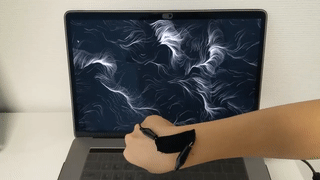
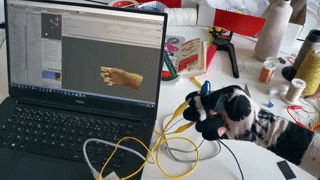
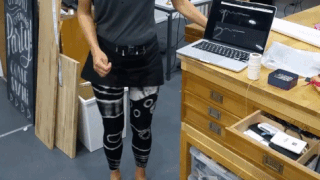
What!?
We use a chemical process called in-situ polymerization (explained later).
It allows functionalizing almost anything fibrous and porous materials (natural ones like cotton or cork work better than synthetics in general).
Once polymerized, your originally non-functional material ends up with sensing capabilities:
- pressure
- stretch
- capacitive
- humidity
- temperature (bonus: heating is also possible)
Why!?
In our hackerspaces and research labs, we explored musical textile interfaces and we used a commercial piezo-resistive material (pressure sensitive).
The only good one was expensive and became hard to get because of a new exclusive contract with another company.
So with material scientists, we reverse-engineered it, and made a DIY process simple enough for the kitchen of our hackerspaces.
Illustration of the piezo-resistive effect:

How?
The following video summarizes the process, but you'll need chemical products:
- Europe source: Pyrrole + Iron Chloride
- US source: Pyrrole + Iron Chloride
...and get a machine to mix your materials for about 1h, example:
- chemistry magnetic stirrer
- ice cream maker
- a batter mixer
- a camping washing machine
- or you can build it with a drill and a bucket for example.
Protocol summary
(adapt X to your quantity):
1) Water: ( X ) ml - fill the container so that there's about 75% of textile (but don't put it yet!)
2) Pyrrole: ( X / 250 ) ml - add it and stir it
3) Material: add it and keep stirring for 10 minutes
4) Iron chloride: ( X / 100 ) g - keep stirring for 30-60 minutes depending on the material
5) for capacitive sensors: you can repeat this procedure, or multiply these proportions and polymerization time by 2 to 5 (depending on the material too).
💡💡💡💡💡💡💡💡💡💡💡💡💡💡
The process, called in-situ polymerization, is particularly unique because:
- First we soak the textile with the monomer (steps 1 to 3)
- Then we trigger the polymerization (in-situ, or in place)
This reaction creates "a kind of molecular dyeing with carbon" which has much stronger properties than a coating approach.
💡💡💡💡💡💡💡💡💡💡💡💡💡💡
Sourcing the products
The chemical products were ordered from 2 possible sources:
- Europe:
https://www.glentham.com/en/products/product/GK9750
https://www.glentham.com/en/products/product/GK2873
- US:
http://fishersci.com/shop/products/pyrrole-tci-america-3/P057425ML
http://fishersci.com/shop/products/iron-iii-chloride-hexahydrate-99-analysis-acros-organics-3/AC217091000
Note: every material reacts differently so you'll have to do a couple of tests to get the right chemistry ratios, and the right timings...
 Drix
Drix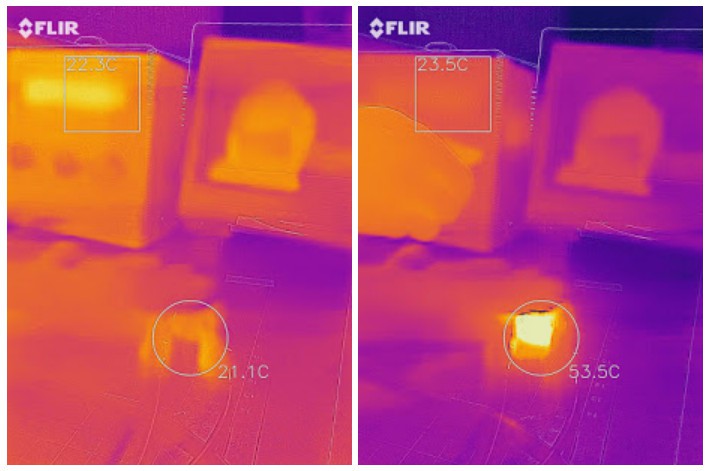
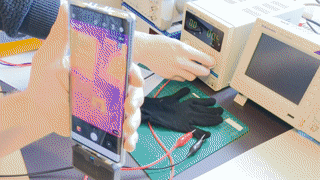

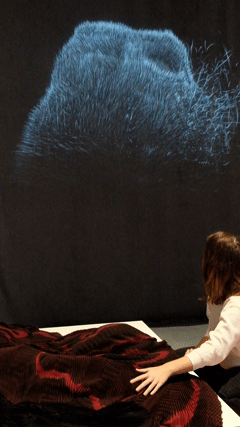


 Note: an academic paper about it was published at the
Note: an academic paper about it was published at the 

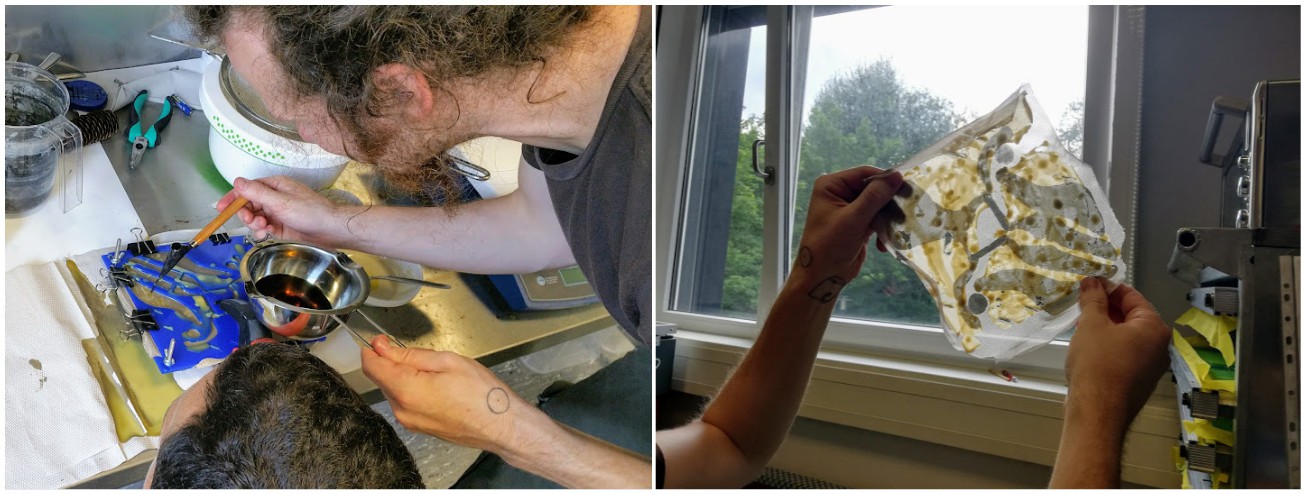

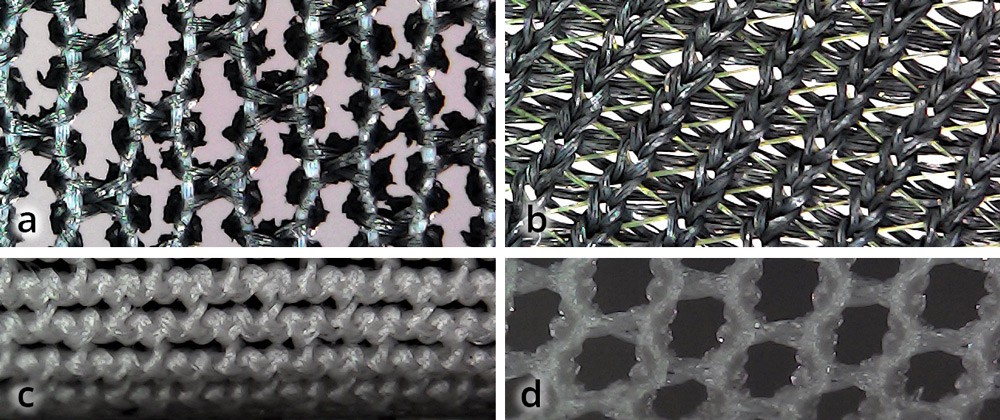
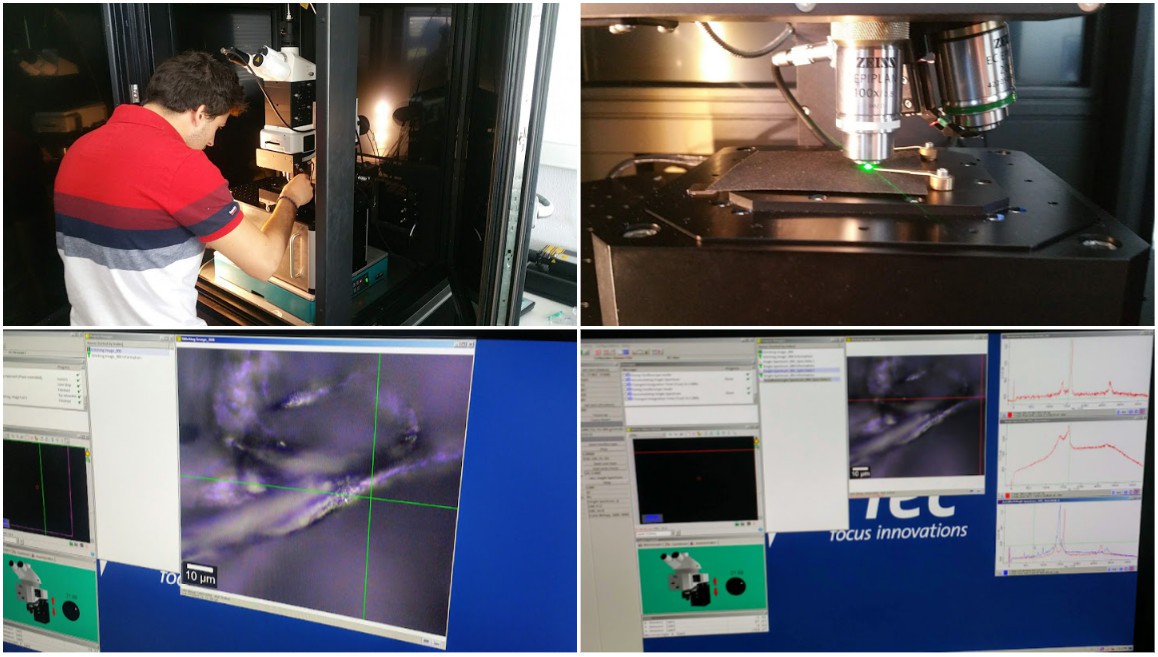
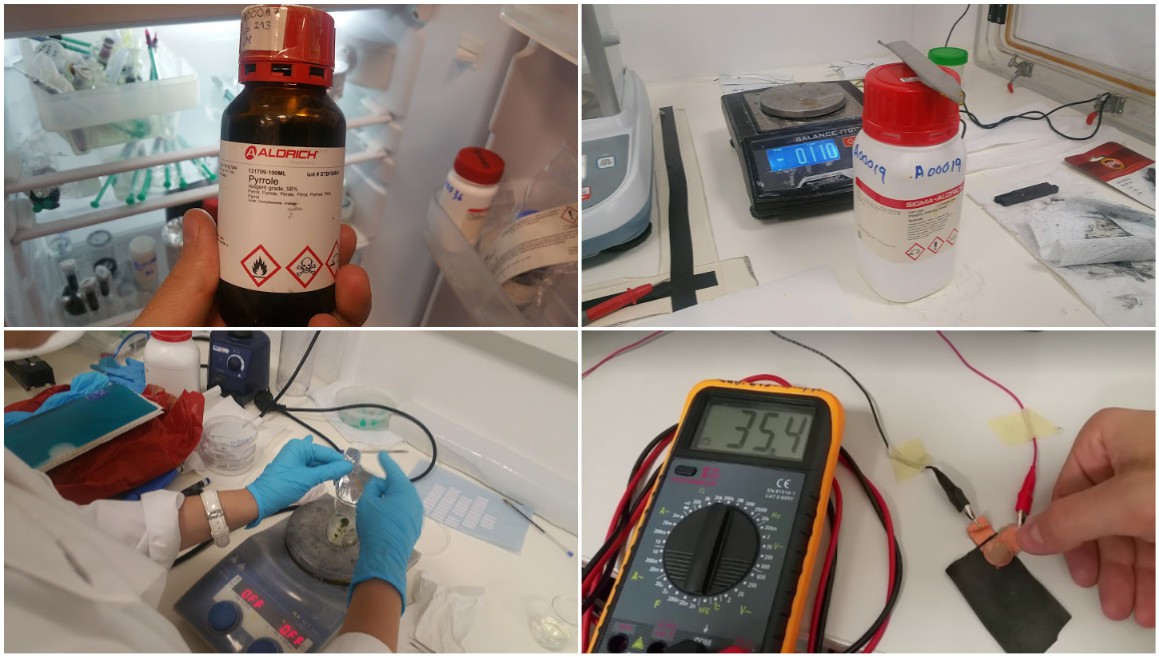







 WalkerDev
WalkerDev
 Boris van Galvin
Boris van Galvin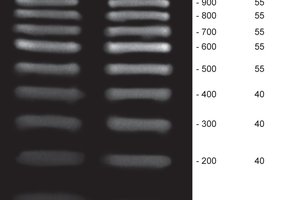
 Chuck Glasser
Chuck Glasser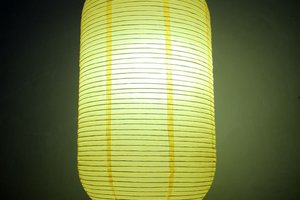
 xdylanm
xdylanm
Thanks for your great documentation!
that is really an interessting e-textil-concept and i like to try it!
in your yt video you are using a *camping washing mashine* ?